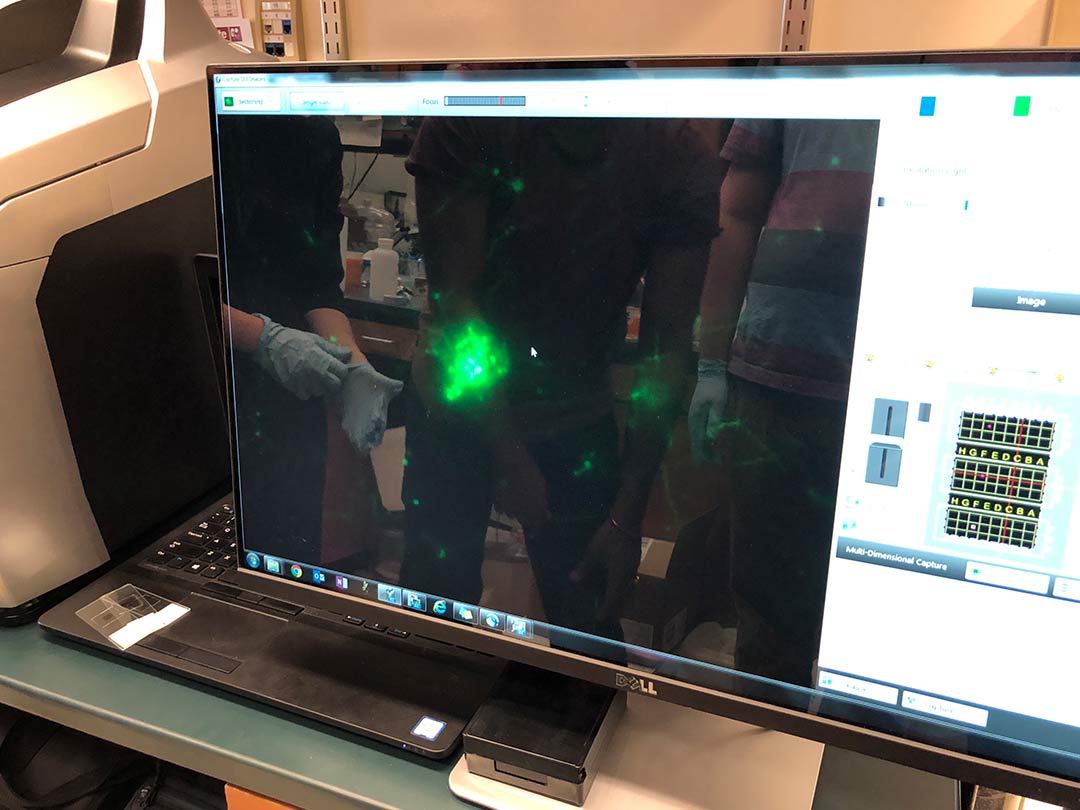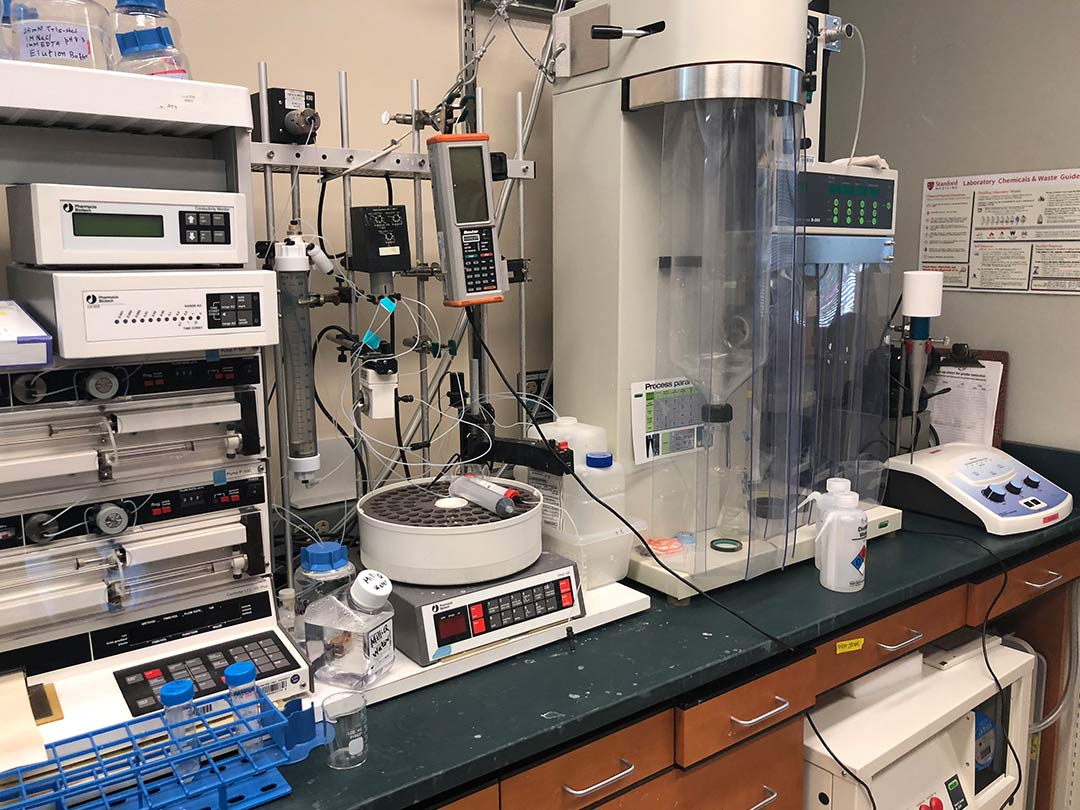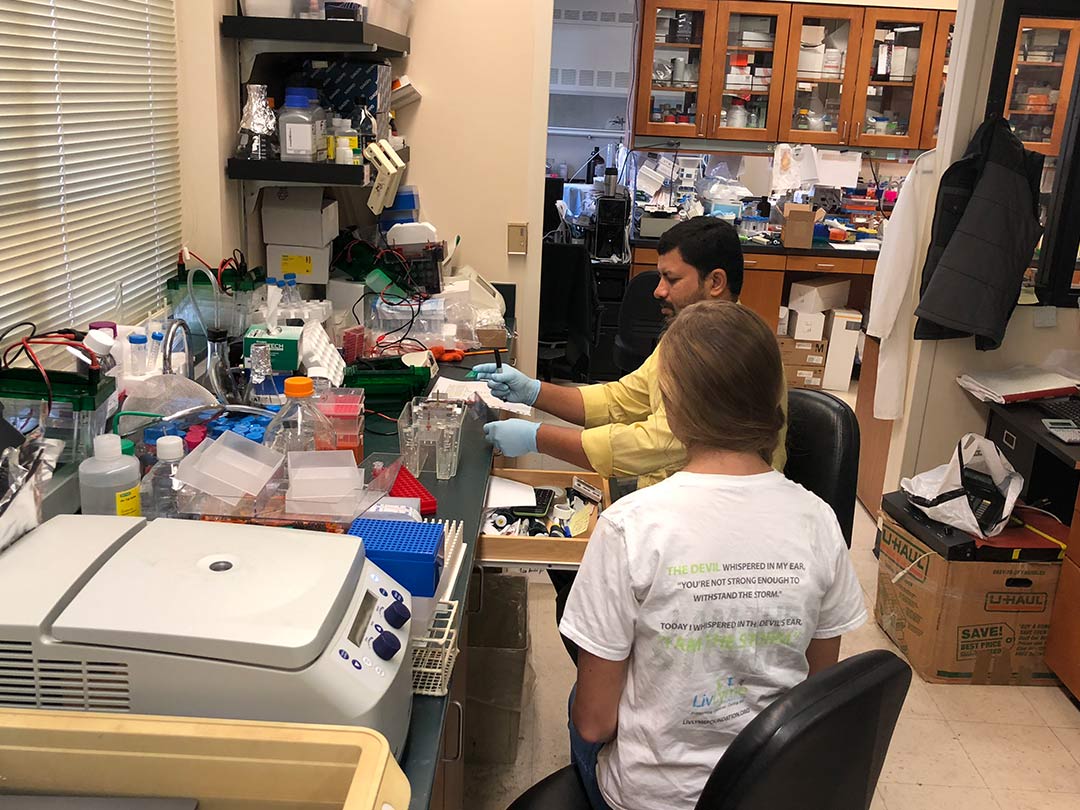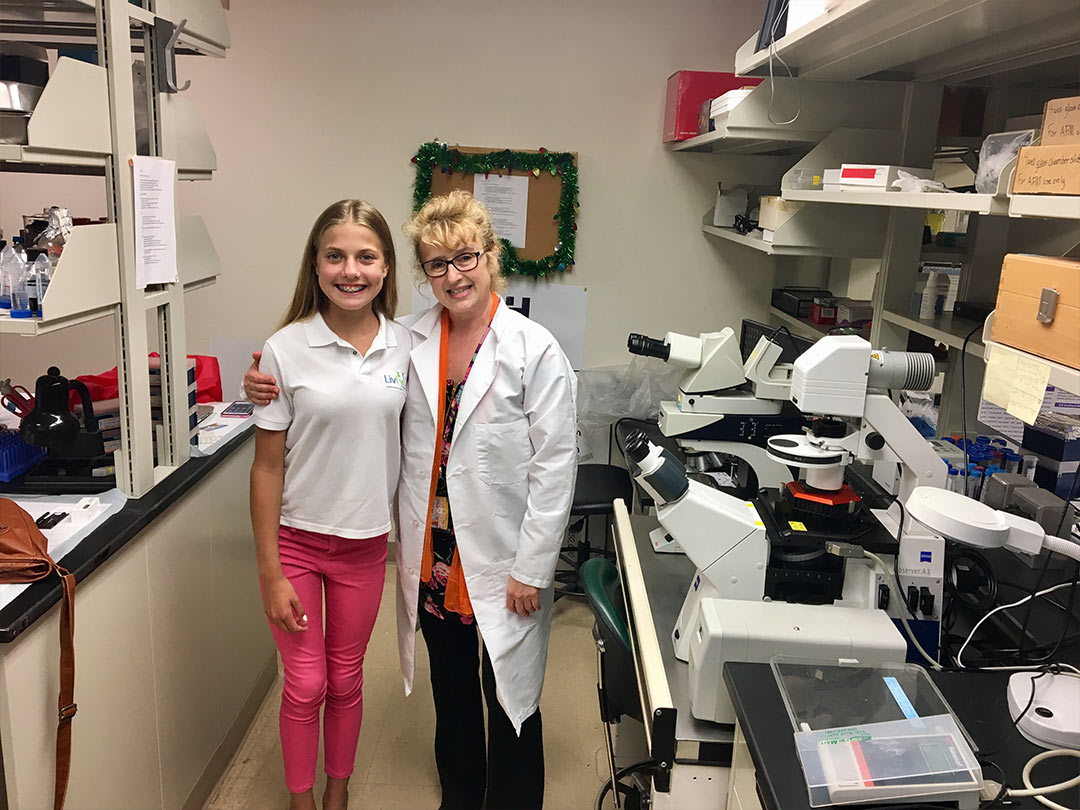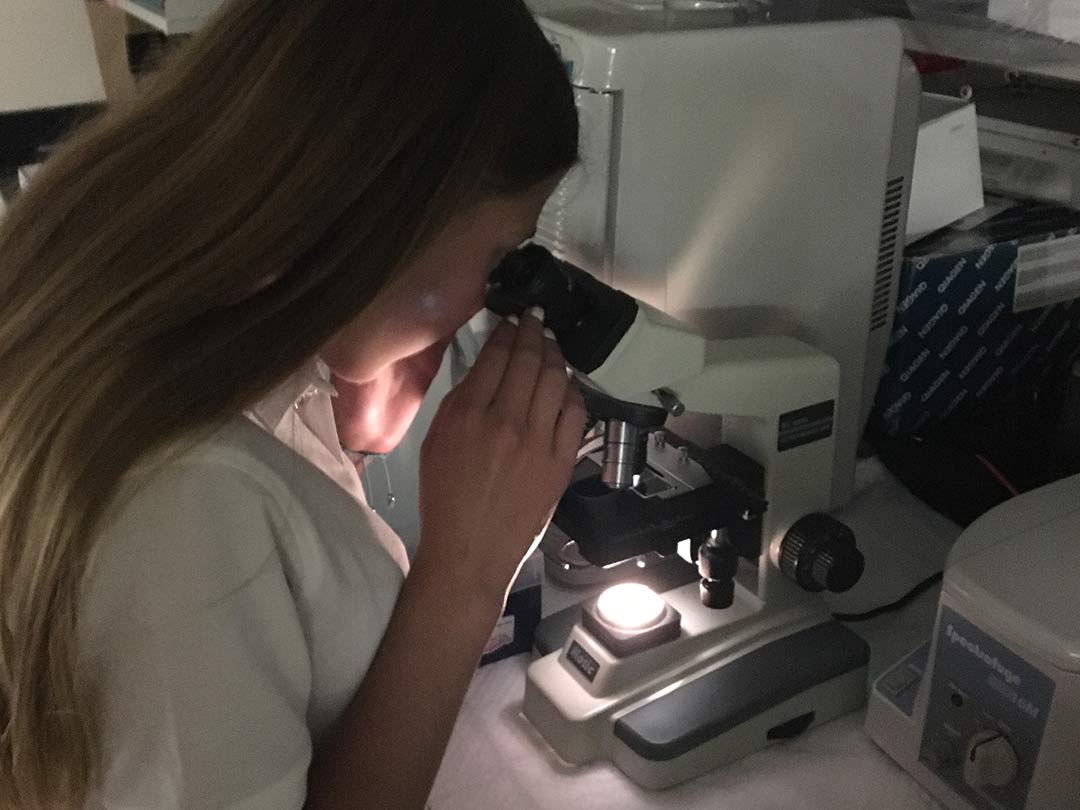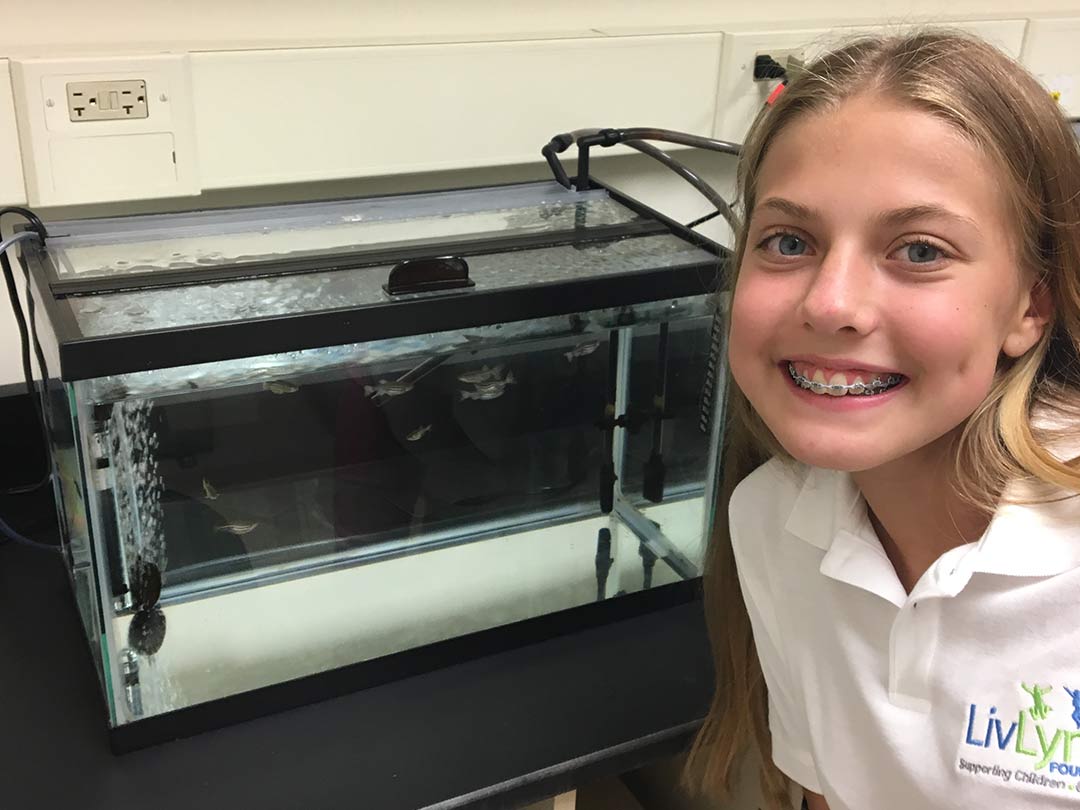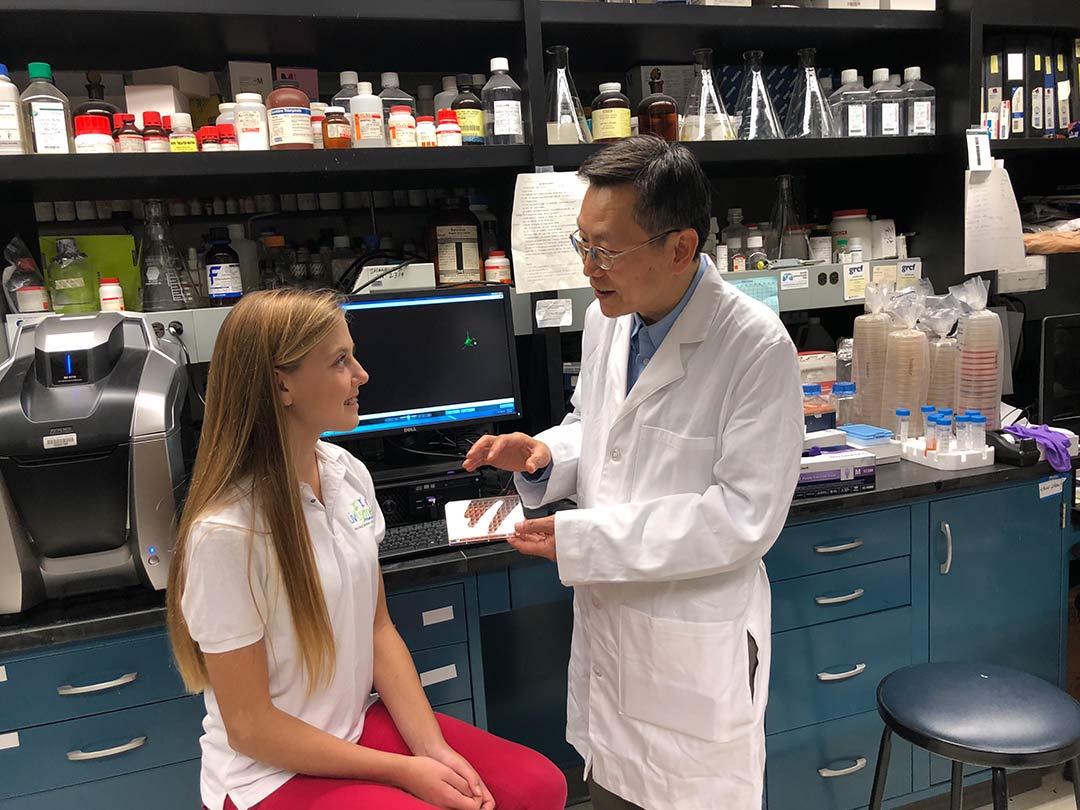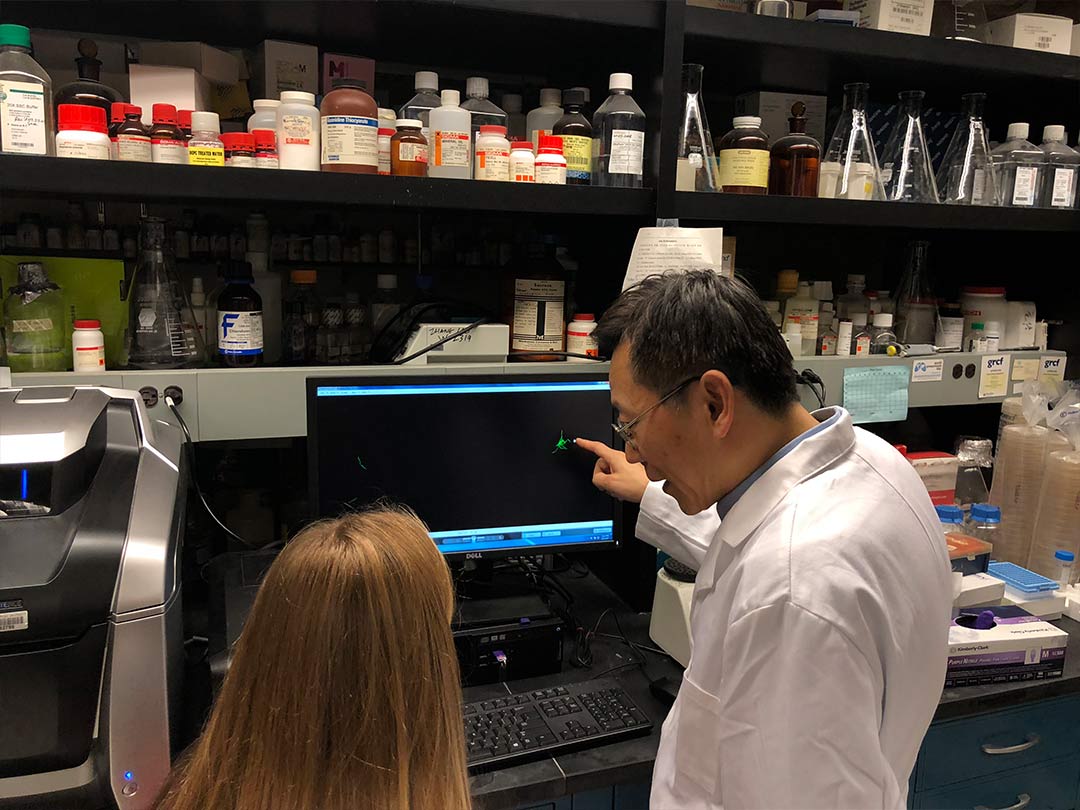Research Funded by LivLyme
Stanford University – Dr. Rajadas
Detection of variations in Humoral response in different Borrelia species at different stages of Lyme disease by using whole proteome peptide microarray to develop diagnostic tools.
Lyme borreliosis is the most common vector-borne disease in the United States and Europe, presenting a growing health care problem in Northern Hemisphere countries worldwide. The number of lyme disease cases in the US increased by approximately 200% in the last two decades. CDC estimates that only 1/10 of actual Lyme cases are properly reported due to lack of efficient diagnostic tools.
The current two-tier serological test using for diagnosis of lyme disease has low sensitivity of 46.3% in early lyme disease patients. In an attempt to understand variations in Humoral response in different stages of borrelia infection, we have designed a peptide microarray of entire genomes of three Borrelia strains – Borrelia burgdorferi, Borrelia garnii and Borrelia afzeli. The 16 mers peptides of proteins with overlapping of 4 AA were imprinted on the protein chip.
From this study we would also like to know how much % of the open reading frame (ORF) products (Orfs) of B. burgdorferi in the array detectably elicited an antibody response in humans with natural infections at different stages of disease. From this unbiased epitome mapping of whole genome using peptide microarray technology can leads to the identification of biologically and clinically relevant target structures in the borrelia. More importantly we can look for different footprints of several epitope (IgG, IgM, IgE) patterns from different borrelial strains in different population mix.
This study has potential to give an idea regarding global immune response around the world. The common and highly immunogenic sites detected in this study from different stages of lyme disease can be useful in developing better diagnostic tools and understanding lyme disease.
University of New Haven – Dr. Eva Sapi
Here is some very exciting news from the Lyme Disease Research Group at the University of New Haven. This year, we have successfully identified several antibiotics and their combinations for Borrelia, which can eliminate even the most resistant biofilm form.
However, because we understand that we need to test these antimicrobial agents in an environment which mimics our tissues, we created a mouse skin tissue model that can be infected and cultured with Borrelia. Now, we can study how this bacterium grows in actual tissues and use the model to test different antibiotics against Borrelia.
Also, we always wanted to test antimicrobials in a living animal, but we needed a species that can provide a lot of subjects so we can study different antimicrobial combinations. We have chosen zebrafish, because it has a similar immune system to humans and we can test a lot of agents in an actual animal for a fraction of the cost of other animal models. It has already proven to be an ideal model system for other human pathogens and we hope that will be a perfect model to study Borrelia as well.
Johns Hopkins Bloomberg School of Health – Dr. Ying Zhang
The grant support of $25,000 from LivLyme Foundation awarded to Dr. Zhang’s lab at Johns Hopkins will be used to co-sponsor a project on essential oils with Global Lyme Alliance to evaluate the activity of certain essential oils and their combinations with antibiotics for more effective eradication of Borrelia persisters and biofilms, and to assess the toxicity and pharmacokinetic properties of active essential oils in the mouse model.


